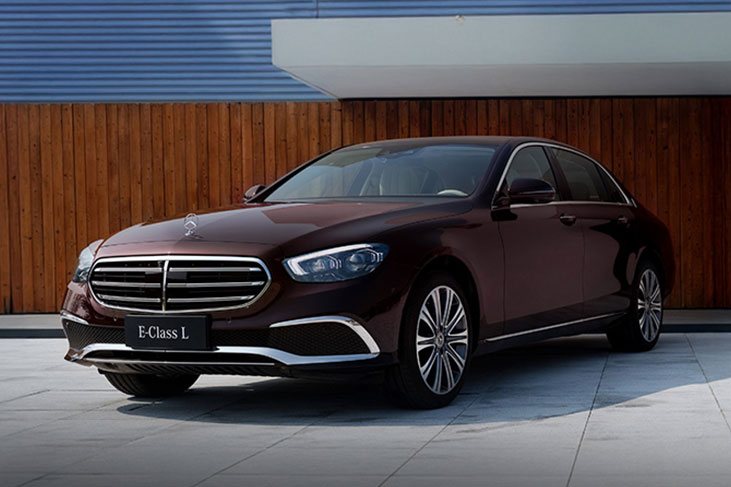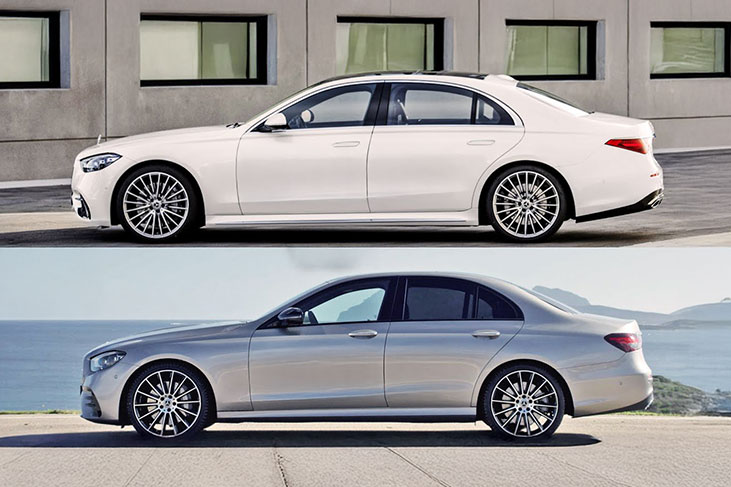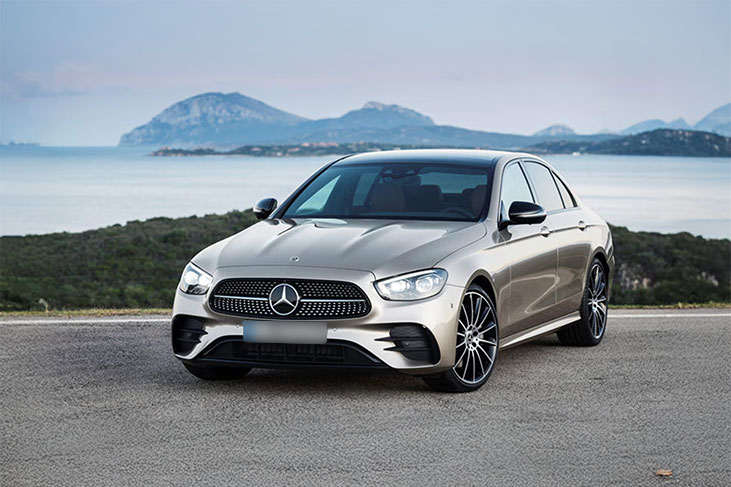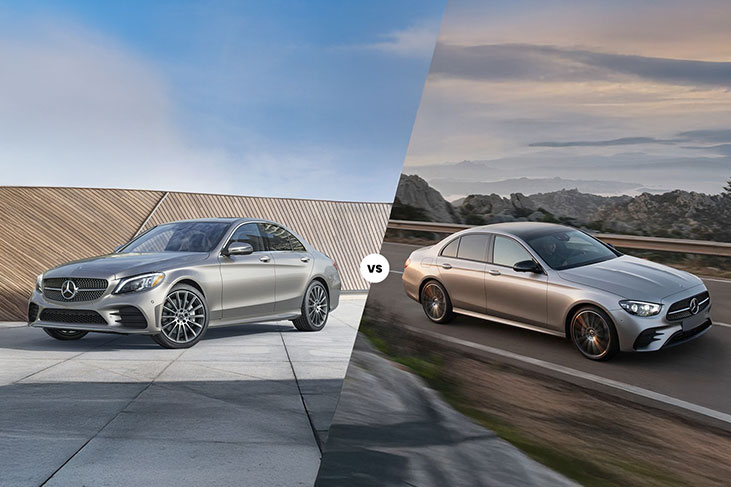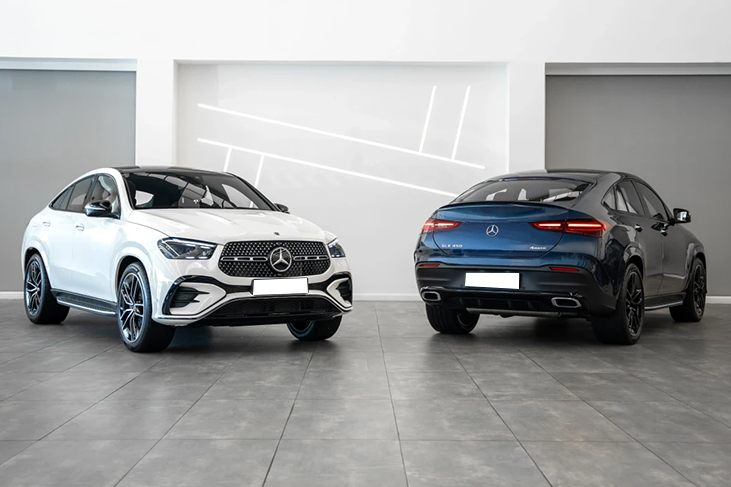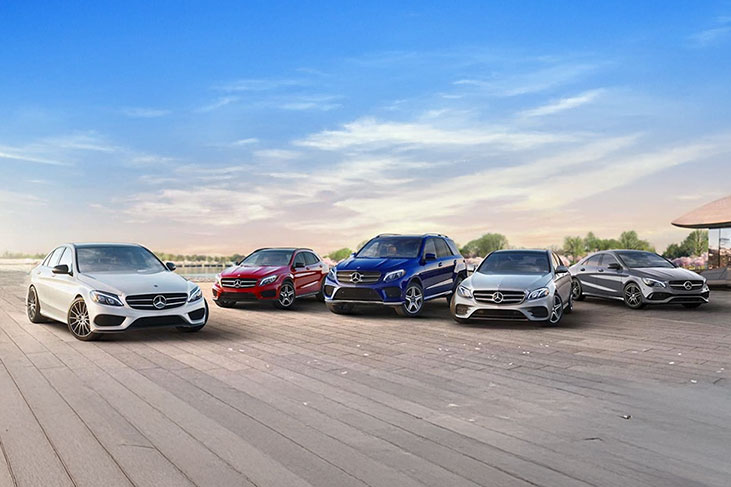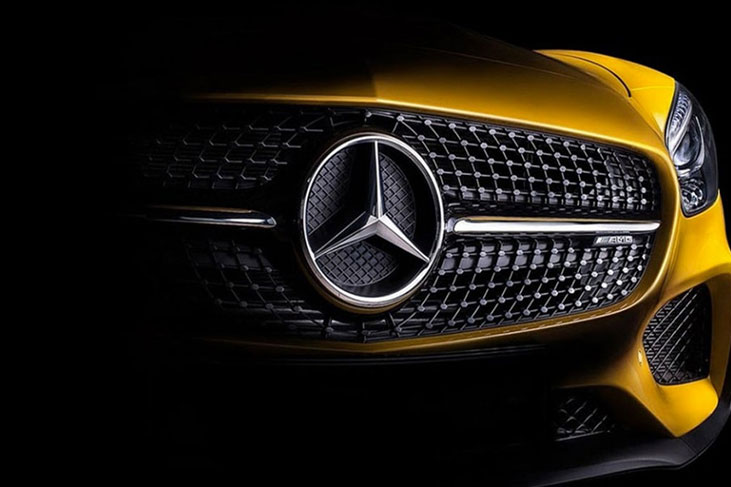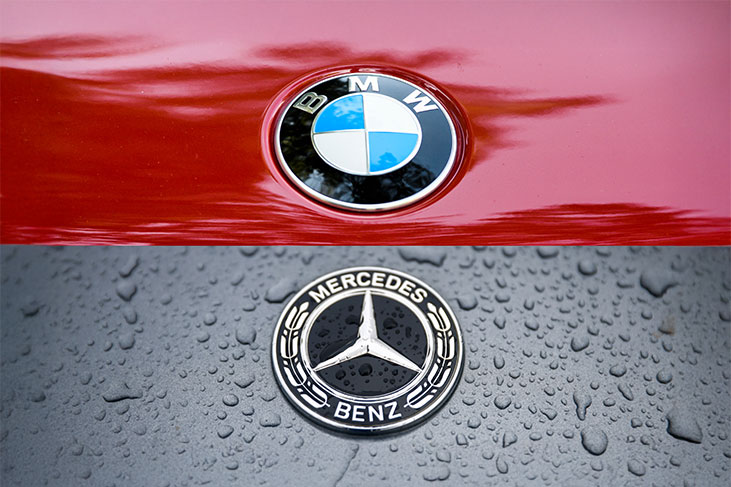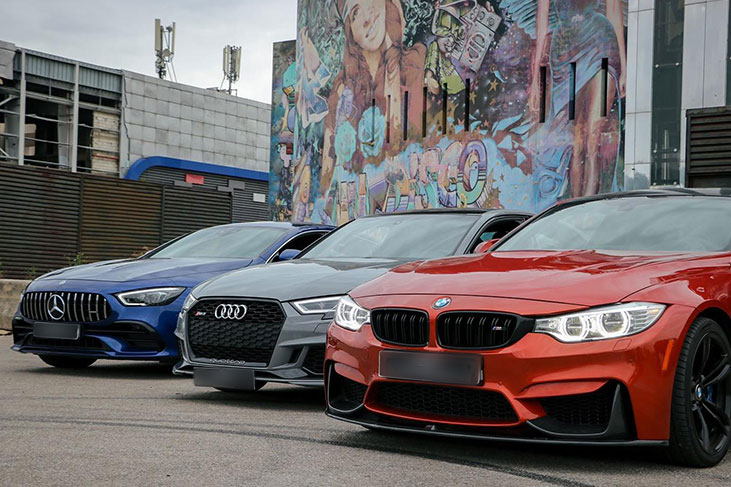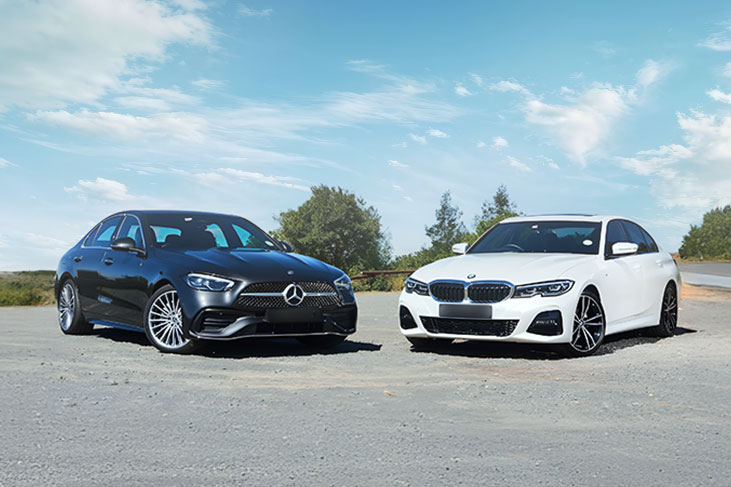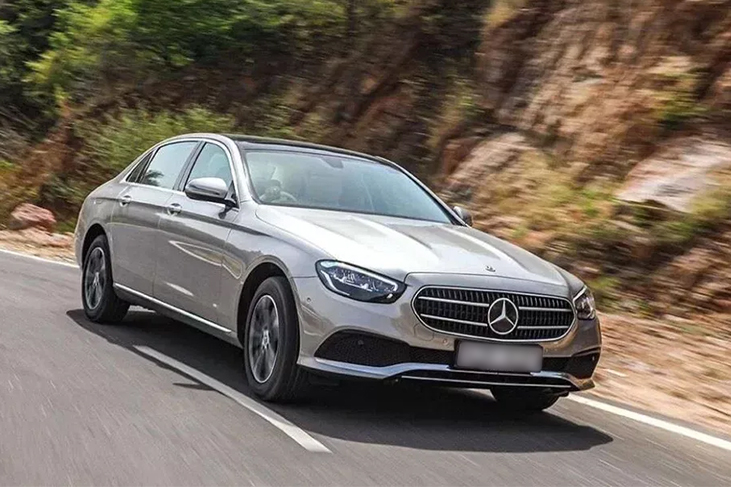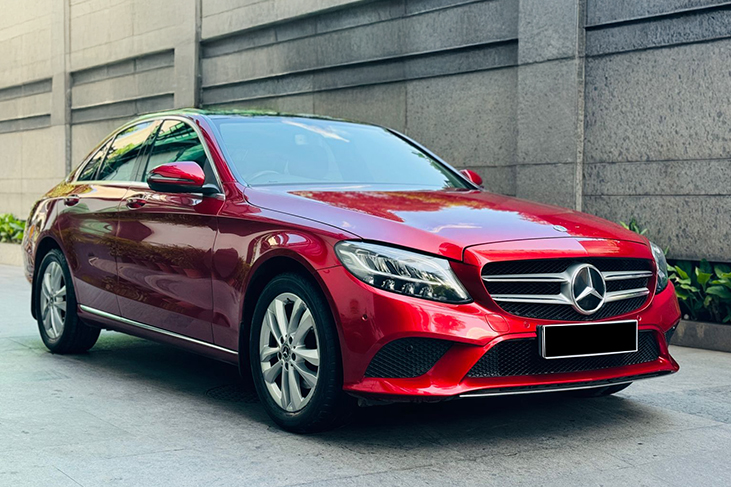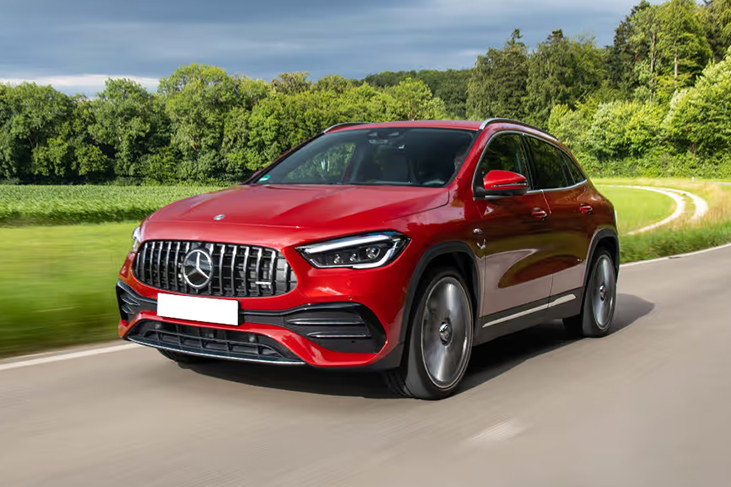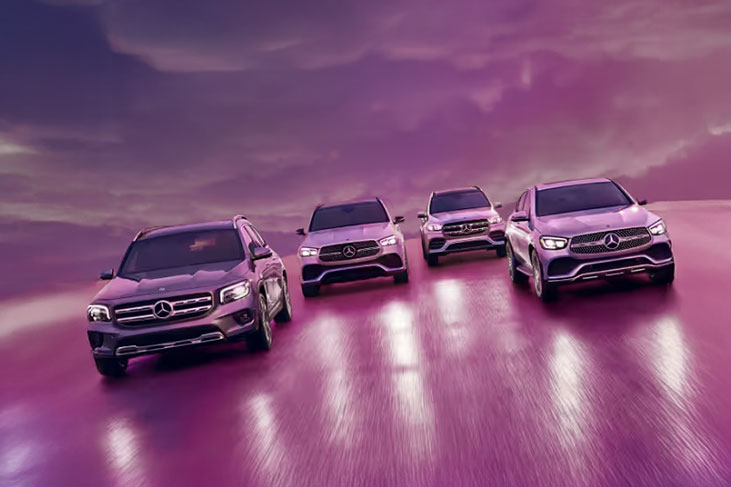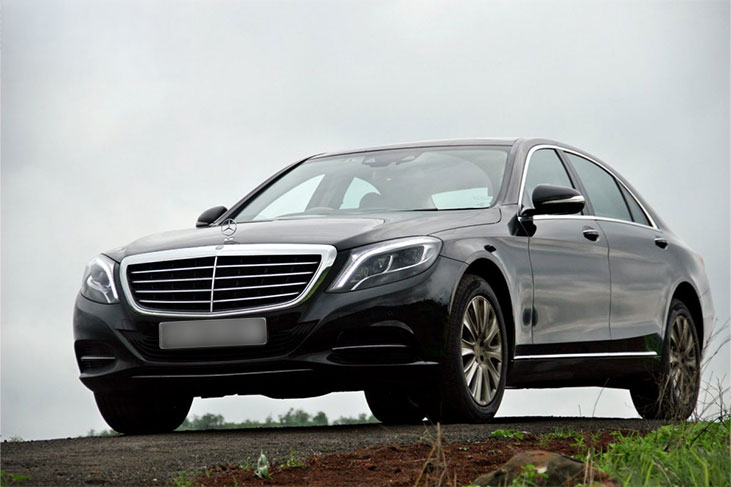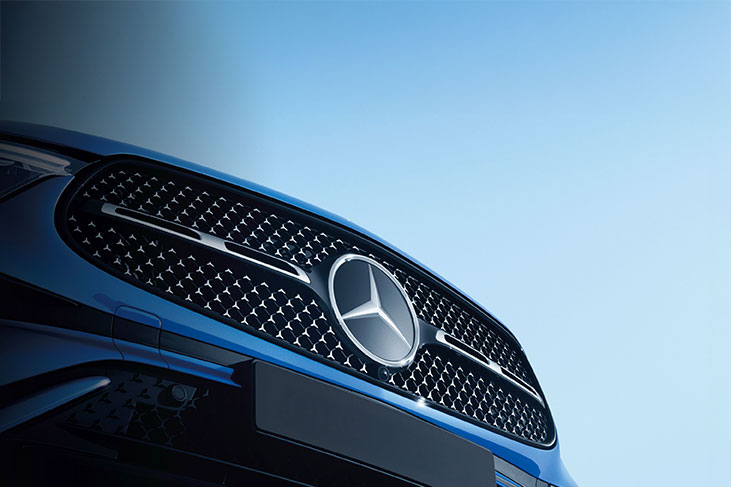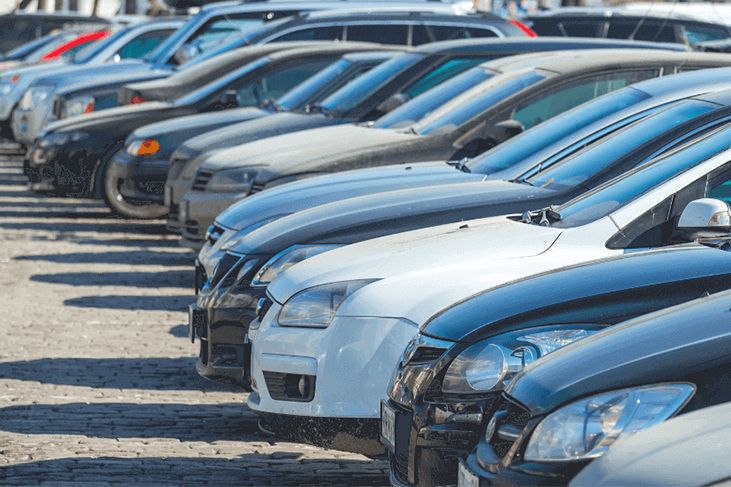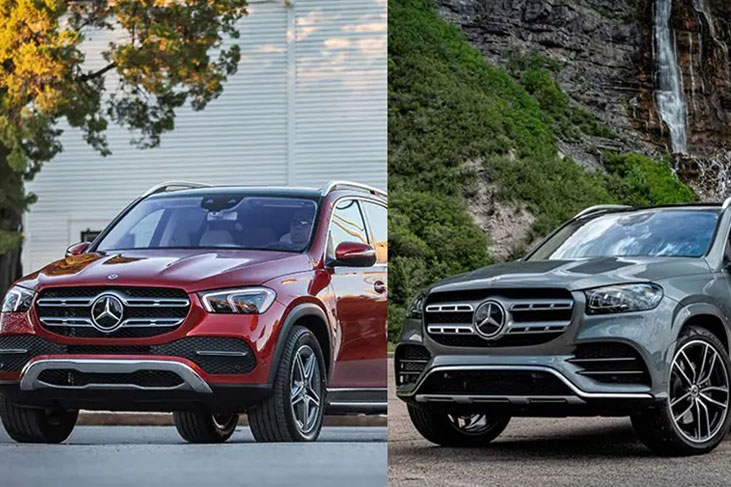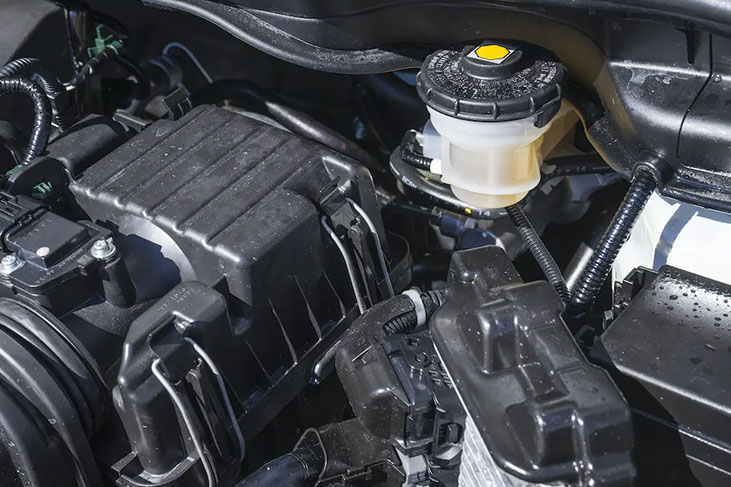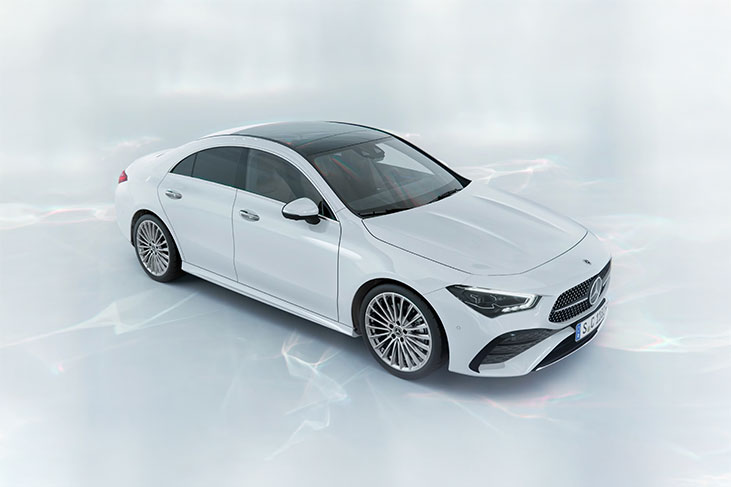When it comes to owning a Mercedes-Benz in India, one of the most overlooked questions is: what fuel should I use? With the government’s move toward ethanol-blended petrol, Indian car owners are increasingly being introduced to terms like E5 petrol and E10 petrol. For someone planning to buy second hand luxury car or considering a Mercedes E Class second hand, understanding the difference between E5 and E10 is more than just technical—it’s about long-term performance, efficiency, and even cost savings.
At Auto Hangar Advantage, where we assist enthusiasts in the used Mercedes Benz car market, we frequently get customers asking: Is E10 safe for my car? Should I stick to E5? This article will help you navigate this, while factoring in fuel quality and RTO-sponsored laws and regulations, especially related to driving in India.
What Is E10 Petrol and How Is It Different from E5?
Let’s start with the basics.
- E5 petrol: Contains up to 5% ethanol and 95% petrol. This has been the standard fuel across most Indian petrol stations until recently.
- E10 petrol: Contains up to 10% ethanol mixed with petrol. As of 2023, India has been steadily transitioning to E10 in line with its ethanol-blending program.
When we discuss E5 versus E10, we are discussing the level of ethanol in the fuel. Ethanol is a renewable fuel, but ethanol also absorbs water more readily and combusts differently than pure petrol. If you are buying a second hand luxury car in India, or a used Mercedes E Class second hand, it is important to understand differences in performance resulting from higher ethanol content, especially with older engines that weren’t calibrated for the higher ethanol levels.
Quick Tip - Just like after market lubricants and different oils, feel free to use the Mercedes E10 compatibility checker to determine if your vehicle should be run off of E10 or E5. For example, the new C-Class, E-Class, and GLC cars are E10 compatible, however some have been designed to accommodate earlier used Mercedes Benz models which still may have been optimized for E5.
Which Petrol Is Recommended for Mercedes-Benz Cars – E5 or E10?
If you’re thinking about fueling your used Mercedes Benz, the question becomes: which petrol ensures smoother performance?
Mercedes-Benz globally has been working on ethanol compatibility, and in India, most models manufactured after 2012–2014 are E10-ready. If you are considering a second-hand Mercedes E Class, or an older C-Class W204, you may be best sticking with E5 until you have confirmed the E10 compatibility check with your model.
Although E10 is better for the environment and more readily available, many owners of both used and second-hand Mercedes report slightly worse fuel economy with E10 than E5. E5 will deliver better overall performance as it will burn better in precision engineered luxury cars, such as any Mercedes model. At Auto Hangar Advantage, we consistently recommend confirming compatibility prior to purchasing any pre-owned premium luxury car as a result of the effect, fuel, can have on engine reliability, emissions compliance, and even cost of ownership in India.
What Are the Advantages and Disadvantages of Using E10 in Mercedes?
E10 has become the standard across Indian petrol stations but is it the right alternative for your used Mercedes Benz? Let’s weigh it out.
Advantages of E10 petrol:
- Environmentally friendly – reduces fossil fuel dependency.
- Slightly cheaper in many Indian states compared to E5 petrol.
- Supported by newer Mercedes models, making it a viable choice.
Disadvantages of E10 petrol:
- Ethanol is hygroscopic (absorbs water) that can affect fuel system components in older cars.
- Slight reduction in mileage compared to E5.
- Can accelerate wear on seals, gaskets, rubber components in older engines that were not designed for higher ethanol gasoline blends.
If you’re considering a Mercedes E Class second hand or looking to buy second hand luxury car, these pros and cons should guide your decision. The difference between E5 and E10 isn’t just technical—it’s about how the car ages over the years.
Which Fuel Gives Better Mileage for Mercedes – E5 or E10?
Mileage continues to be a serious discussion in India, even with luxury vehicles. When we look at E5 petrol vs E10 petrol, owners of used Mercedes Benz cars notice that E5 generally has a slightly better fuel economy. This is because ethanol has less energy per litre than petrol, so E10 cars will generally burn petrol faster.
For example, a Mercedes E Class second hand running on E5 might deliver around 9–10 km/l in city traffic, whereas the same car on E10 could dip by 3–5%. While that doesn’t sound huge, over long drives and repeated fueling, it adds up.
So if maximizing mileage is your goal while owning a used Mercedes Benz, and your car isn’t specifically designed for E10, E5 remains the better option. But remember—availability matters. Since most Indian petrol stations now stock E10, it’s practical to confirm your vehicle’s compatibility via the Mercedes E10 compatibility checker before finalizing the purchase.
Final Thoughts
Choosing between E5 and E10 petrol may sound minor, but for Mercedes-Benz owners in India, it’s a decision that affects performance, mileage, and even resale value. The difference between E5 and E10 matters even more when you plan to buy second hand luxury car. A Mercedes E Class second hand may thrive on E5, while newer models will adapt well to E10.
At Auto Hangar Advantage we regularly take sellers through these minor details when they are out looking at used cars for sale. Whether it's checking to see if the fuel is okay, the Mercedes E10 compatibility checker, or RTO rules with second-hand cars, every detail is important to help away from enjoying the Mercedes experience.
So the next time you stop for petrol, remember it's not just petrol but what contributes to a smarter drive.
Also Read: Mercedes-Benz vs. BMW: Which is the Best Choice for You?
Frequently Asked Questions (FAQs)
Q.1 What is the difference between E5 and E10 petrol?
A. The distinction between E5 and E10 is the ethanol content. More specifically, E5 has a maximum of 5% ethanol, and E10 has a maximum of 10%. E10 is becoming more commonly available across India because of the ethanol-blending program. If you're in the market for a second hand luxury car, it's important that you know about the differences in fuel so you can understand what is the best fuel for your used Mercedes Benz.
Q 2 Is E10 petrol safe for Mercedes-Benz cars?
A. Yes, but that depends on the year of manufacture. Most new Mercedes-Benz cars sold in India after 2012 are E10 compatible. For older variants like Mercedes E Class second hand, always check with the Mercedes E10 compatibility checker before using E10. If you own a used Mercedes Benz, this step can save you from unnecessary maintenance costs.


.jpg)
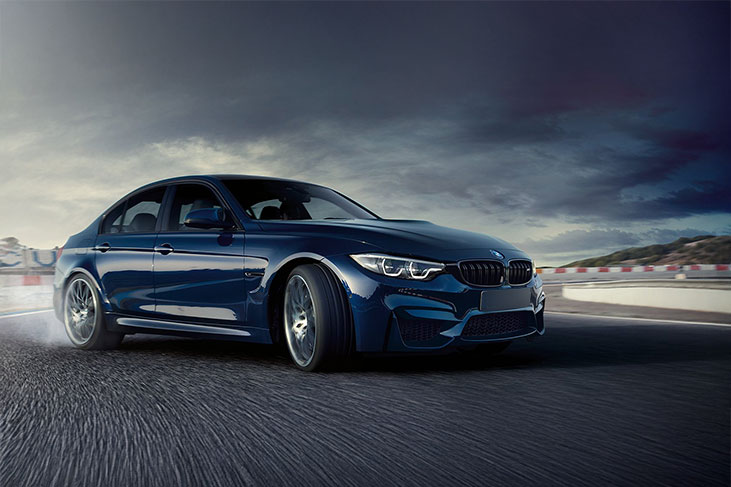
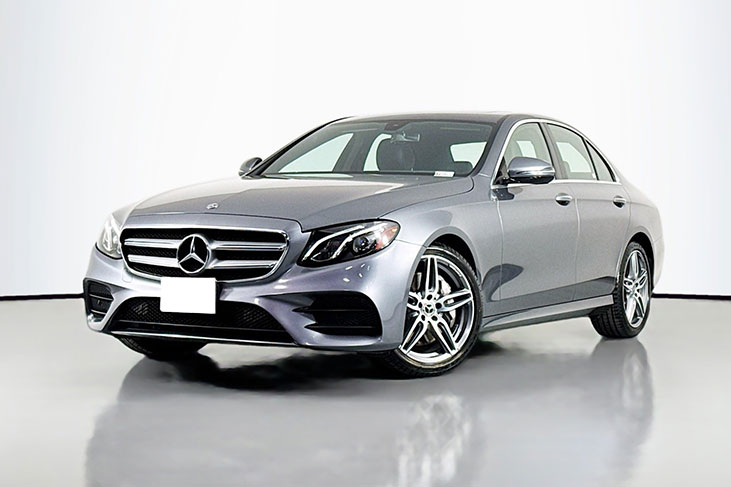
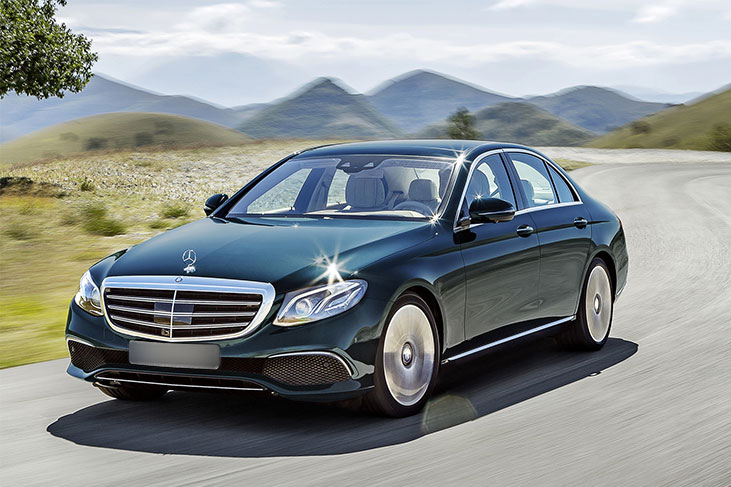
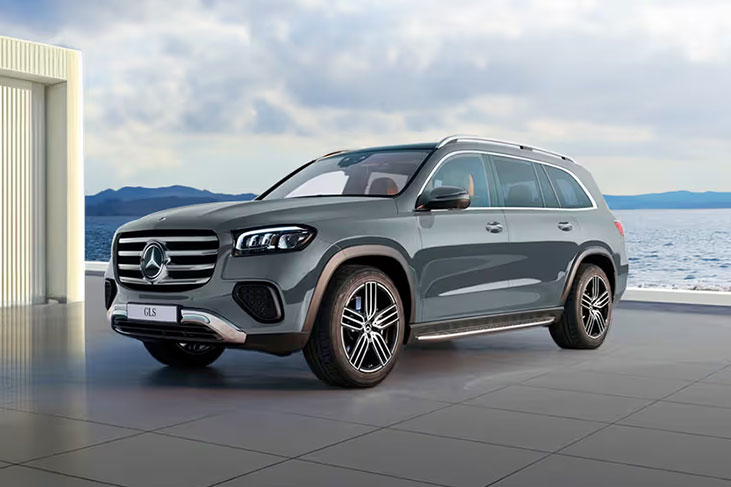
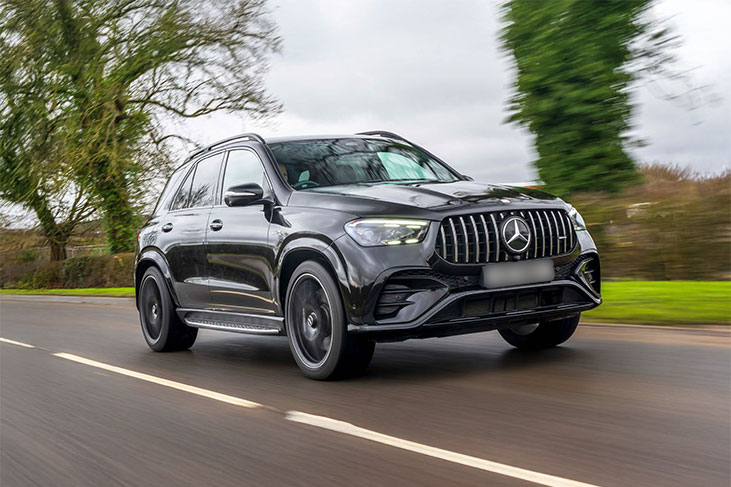
.jpg)
